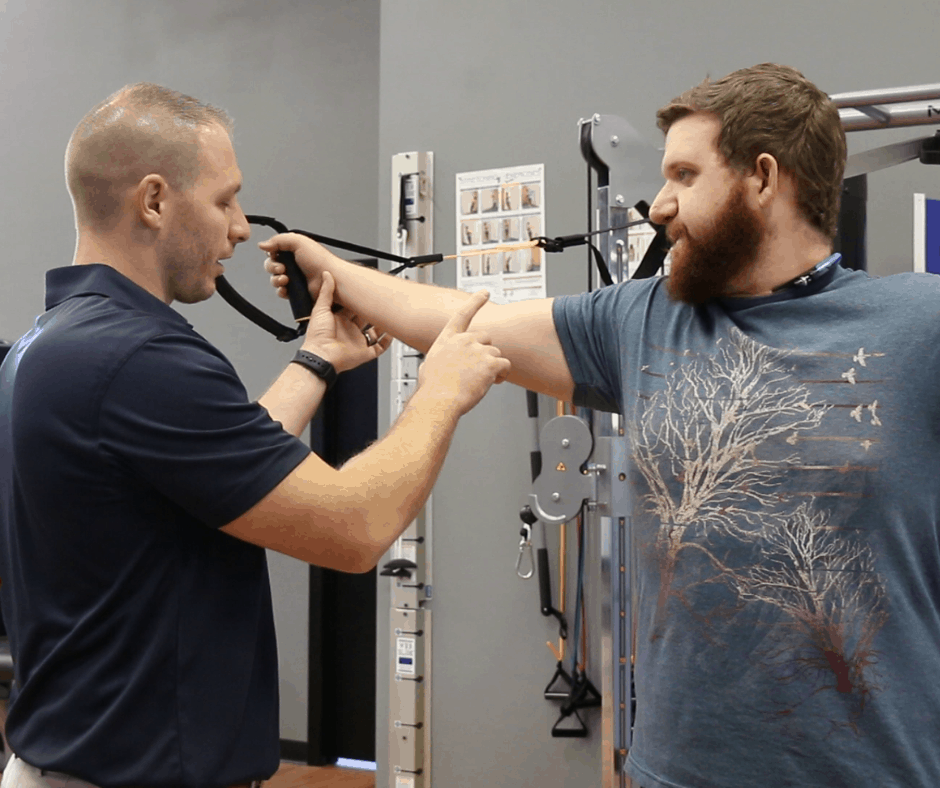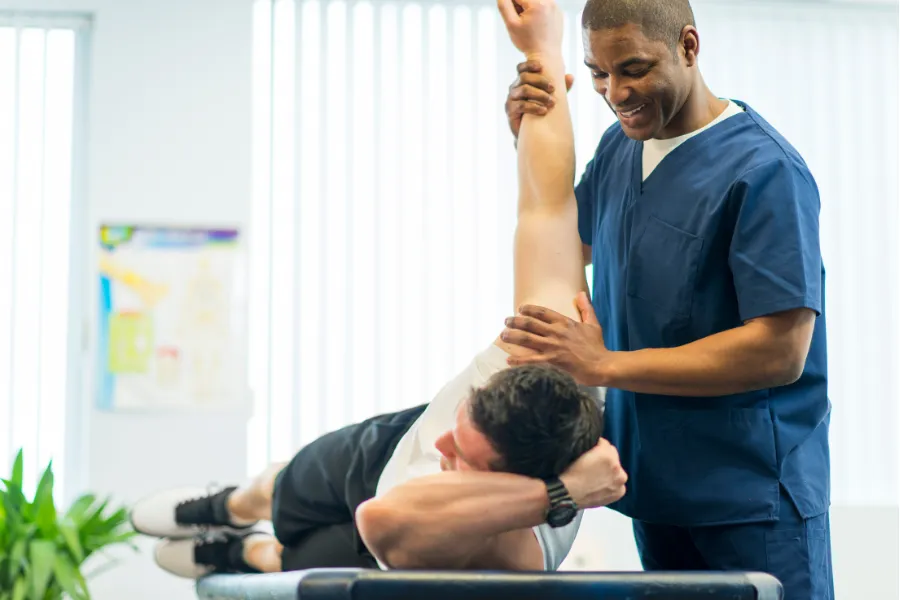 No, you don’t have to be injured to see a physical therapist (PT). While many people end up in physical therapy because they are hurt and experiencing chronic or acute pain, PTs deal with more than rehabilitating injuries. As movement experts, physical therapists can help you prevent injury or illness, and many people use physical therapy as preventive care.
No, you don’t have to be injured to see a physical therapist (PT). While many people end up in physical therapy because they are hurt and experiencing chronic or acute pain, PTs deal with more than rehabilitating injuries. As movement experts, physical therapists can help you prevent injury or illness, and many people use physical therapy as preventive care.
If you’re an active person, you may benefit from consulting a physical therapist at some point. Minor aches and pains can sneak up on the best of us. Thankfully, pain often comes and goes, but if it doesn’t, a physical therapist is there to help.
Most preventive patients are looking for ways to keep their bodies functioning properly and avoid injury. People who sit at a desk most of the week and then hit the gym hard on weekends seek expert-guided exercise programs so they can work on alignment, mobility, or strength issues at home.
And often, what starts out as a preventive appointment can uncover an underlying dysfunction, like a muscle imbalance, extreme tightness, or compromised range of motion. Therefore, it’s essential to address the issue early, so the problem doesn’t become aggravated later on.
What is a Physical Therapist?
Physical therapists (also referred to as PTs) are experts in human movement with a particular focus on the musculoskeletal system and potentially other body systems depending on their area of expertise.
The PTs at Ability Rehabilitation prevent and treat impairments that affect the body’s ability to move efficiently. Most PTs have completed a four-year bachelor’s degree and a three-plus-year doctorate complete with clinical rotations in different settings (outpatient clinics, rehab facilities, schools, and fitness centers).
Licensed physical therapists can be found in a range of healthcare settings, including outpatient offices, private practices, hospitals, rehab centers, nursing homes, home health, sports and fitness settings, government agencies, and research centers.
Physical therapists often work with people who are healing from or want to avoid injury. They help patients restore proper movement patterns in the body to prevent future injury. PTs do this by teaching patients how to perform exercises that will strengthen essential muscles and work on improving mobility and alignment required for optimal physical function.
What are Common Reasons to See a Physical Therapist?
 Physical therapy helps people of all ages who have medical conditions, illnesses, or injuries that limit their natural ability to move and function. A customized physical therapy program can help you return to your prior level of functioning and encourage activities and lifestyle changes that can help you avoid further injury and enhance overall health and well being.
Physical therapy helps people of all ages who have medical conditions, illnesses, or injuries that limit their natural ability to move and function. A customized physical therapy program can help you return to your prior level of functioning and encourage activities and lifestyle changes that can help you avoid further injury and enhance overall health and well being.
Primary care doctors often refer patients to physical therapy at the first sign of a problem, since it is considered a conservative approach. Physical therapy also focuses on ergonomics, or body mechanic training, fitness, and wellness. If you have difficulty with normal mobility, you may benefit from working with a physical therapist to help you return to optimal function.
A list of some of the most common reasons to seek physical therapy includes:
- Reduce or eliminate pain
- Avoid surgery
- Relieve arthritis in one or multiple joints
- Bowel or bladder incontinence
- Problems with balance or mobility
- Chronic fatigue and weakness
- Pre- and post-surgical conditioning and strengthening
- Cancer recovery
- Manage diabetes and cardiovascular conditions
- Women’s health and pre- and postpartum programs
If you are having difficulty moving around due to pain, loss of range of motion, or decreased strength, you may benefit from working with a physical therapist. If you are looking to avoid getting injured, checking in with your physical therapist is a good idea. He or she can help devise strategies to prevent future episodes of pain or injury.
To learn more about how you may benefit from physical therapy, please feel free to contact us.



